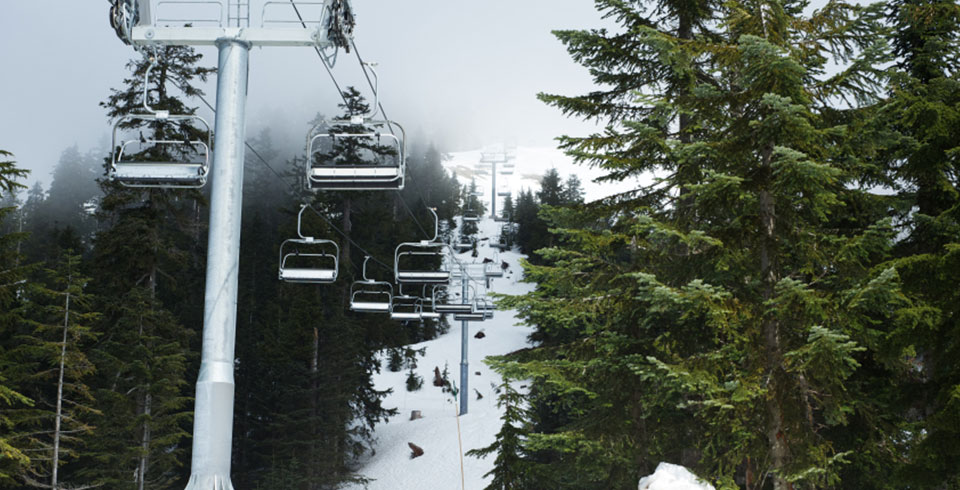
The skiing industry, encompassing everything from resort operations to ski equipment manufacturing, is a vital sector of the leisure and sports market. Beyond the snowy slopes and ski lifts, there is a complex infrastructure that relies on various types of cables such as bare copper, battery cables, communication cables, fiber optic cables, and tray cables. These components are crucial for ensuring that ski resorts operate smoothly, safely, and efficiently. This article explores the diverse applications of these cables in the skiing industry and their impact on operations.
Overview of the Skiing Industry
The skiing industry includes the management of ski resorts, the production of ski equipment, and the provision of guest services in snowy areas. It is a sector that not only provides recreational activities but also contributes significantly to the local and global economy through tourism. The efficiency and safety of ski resort operations are heavily reliant on the underlying technological and electrical infrastructure, where specialized cabling plays a pivotal role.
Bare Copper and Battery Cables
Bare copper cables are primarily used for grounding electrical systems in ski resorts. Proper grounding is essential for the safety of high-powered electrical equipment used in ski lift operations and heating systems in lodges to prevent electrical surges and protect both equipment and guests. Battery cables, on the other hand, are crucial in emergency power systems and mobile rescue equipment, ensuring that they can operate effectively during power outages or in remote areas of the resort.
Communication Cables and Fiber Optic Cables
Effective communication is vital in ski resorts, particularly for coordinating operations across vast mountain areas and ensuring the safety of guests. Communication cables are used to connect radios and public address systems, making it possible for staff to communicate quickly in case of emergencies. Fiber optic cables provide high-speed internet connections that are essential for operational management, guest services, and real-time weather updates. These cables support sophisticated surveillance systems that monitor ski slopes and lift operations to ensure guest safety.
Tray Cables
Tray cables are used extensively in the harsh environments of ski resorts for power, control, and lighting circuits. They are designed to withstand cold temperatures, moisture, and mechanical impacts typically found in outdoor mountain settings. These cables are often routed in cable trays along ski lifts and around the resort to power lights, cameras, and other critical equipment.
Conclusion
The skiing industry’s reliance on advanced cabling systems is a testament to the critical role that these technologies play in ensuring operational success and safety. From the grounding provided by bare copper cables to the high-speed data transmission afforded by fiber optic cables, each type of cabling serves a unique and indispensable function. As the demand for better and more efficient ski resort services grows, so too does the importance of these specialized cables. Investing in high-quality cabling solutions not only enhances the safety and efficiency of ski resort operations but also improves the overall experience for guests, ensuring the industry’s continued popularity and success.

